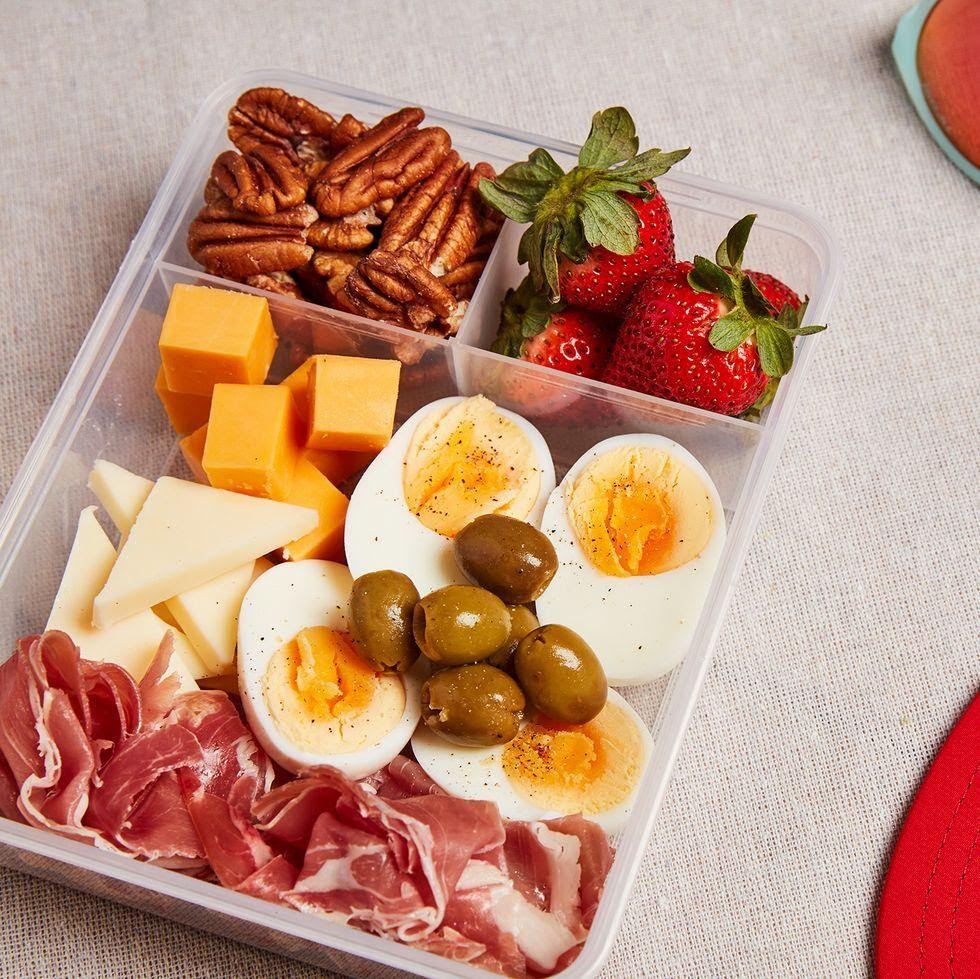
We all know that being on a diet is not the easiest thing in the world when you don’t know what you should eat. If you are looking for brief information regarding a well-balanced diet, there is no need to worry because we are here to put together all the necessary information on a keto diet. Here is the quick visual guide to what to eat on a keto diet.
It is essential to keep in mind that the food above sticks to the strict 5% carbohydrate allowance used on keto. If you want further information, read it here.
Fats and Oils
Always try to get the overall fat from natural sources such as meat and nuts. You can also supplement with saturated and monounsaturated fats like coconut oil, butter, and olive oil.
Protein
It is recommended to stick with organic, pasture-raised as well as grass-fed meat where possible. It is essential to keep in mind that most of the meats don’t have added sugar. They can be consumed in moderate quantities. However, too much protein on a ketogenic diet is also not a good thing.
Vegetables
You can the vegetables fresh or frozen. Stick with ground vegetables, leaning toward leafy/green items.
Nuts and Seeds
Nuts and seeds are used to create some fantastic textures. It is recommended to use fattier nuts such as macadamias and almonds.
Beverages
You must have to stay simple and stick to mostly water. You can flavor your beverages if needed, with stevia-based flavorings and lemon/lime juice.
Role of Fats and Oils in the Keto Diet
Fats are the majority of the daily calorie intake when you are on a ketogenic diet. However, choices should be made with likes and dislike in mind. Fats and oils can be combined in several different ways in order to add to your meals, sauces, dressings, or just topping off a piece of meat with butter.
It is essential to keep in mind that fats are vital to our bodies. However, they can also be dangerous if you consume too much of the wrong types of fats. There are many different types of fat involved in a ketogenic diet. Along with this, different foods have various combinations of fats.
Saturated Fats
It would be best if you consumed saturated fats in a high amount. Some of the examples are butter, ghee, coconut oil, and lard.
Monounsaturated Fats
Eat the foods rich in monounsaturated fats. Some of the best examples of these fats are olive, avocado as well as macadamia nut oils.
Polyunsaturated Fats
It is essential to keep in mind that all the naturally occurring polyunsaturated fats in animal protein and fatty fish are great for you. On the other hand, processed polyunsaturated fats in margarine spreads are bad for you.
Trans Fats
There is a great need to avoid trans fats. These are processed and hydrogenated in order to improve shelf life. It would be best if you avoided all hydrogenated fats.
What about the Protein?
Keep in consideration that your best bet when it comes to protein is choosing pasture-raised as well as grass-fed. It will minimize the bacteria and steroid hormone intake. It is recommended to choose the darker meat where possible with poultry. However, eating fatty fish is considered a great way to get omega 3’s in as well. Many people follow candida and keto diet together. They are also allowed coffee and candida on this diet.
However, when it comes to red meat, there is not too much to avoid. It is essential to keep in consideration that cured meats, as well as sausages, can have added sugars and added processed ingredients. If you want to eat steak, try to choose fattier cuts such as ribeye.
One thing you need to be careful of when dealing with meat is protein intake. Excessive protein on a ketogenic diet may lead to lower levels of ketone production and increased production of glucose. Your aim is nutritional ketosis, so you must not over-consume on protein.




More Stories
What To Expect From A Nursing Care Home
The Quest for the Best Hash Online in Canada: Tips and Tricks
Ensuring Security and Accessibility in Care Homes